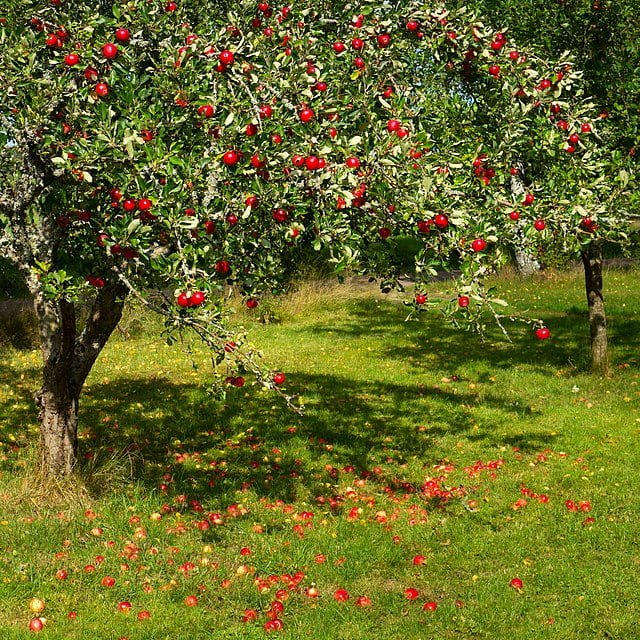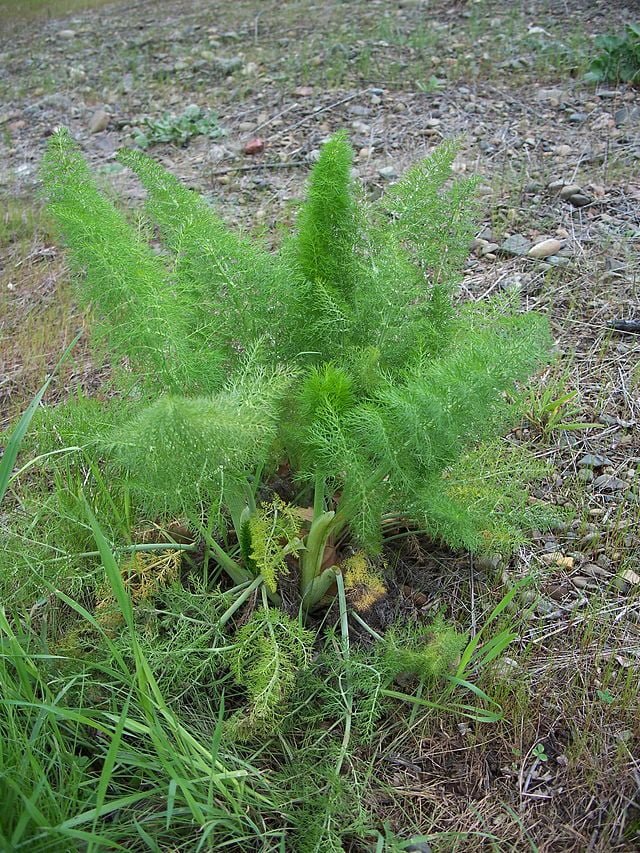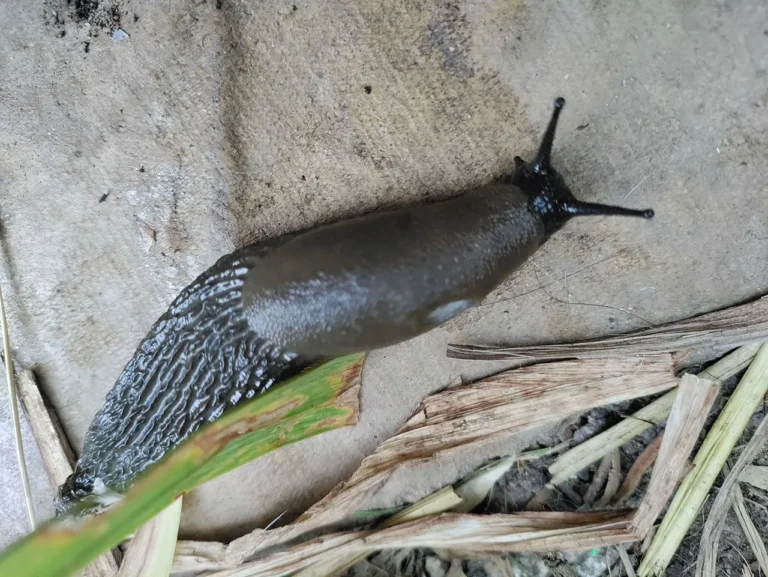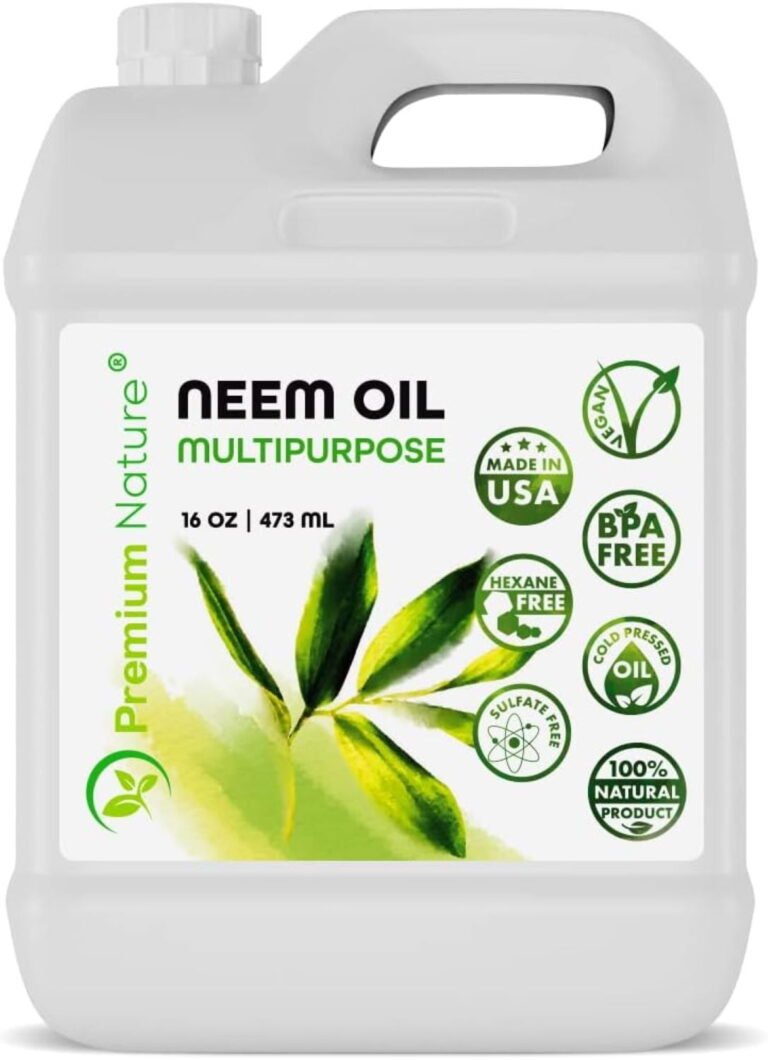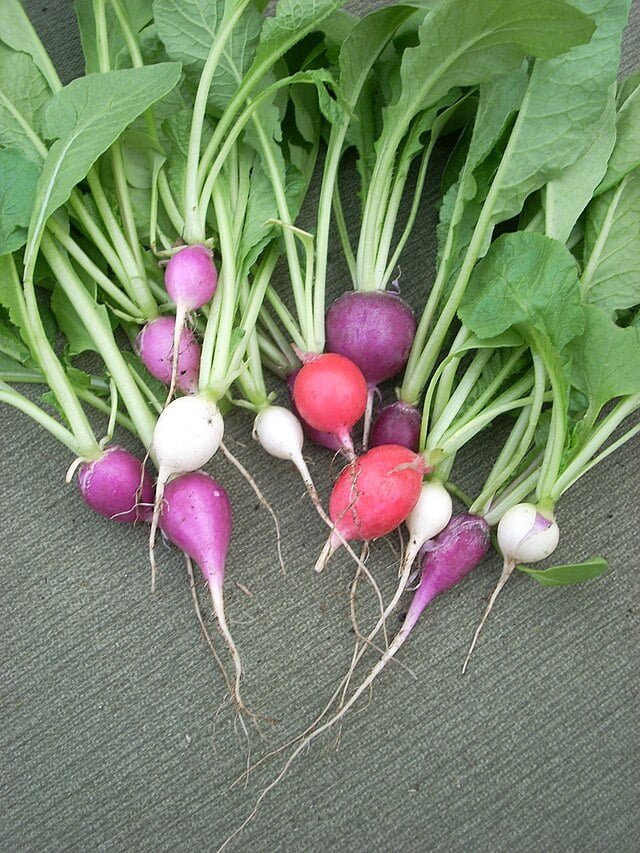Purple Powerhouses: Guide to Growing Eggplants
Eggplants, with their glossy, purple skin and versatile culinary uses, are a great addition to any home vegetable garden. While eggplants (Solanum melongena) have the reputation of being a bit finicky, with proper care and attention, you can enjoy a rewarding harvest. Here’s how to plant, grow, and care for eggplants in your garden.
Choosing Your Eggplant

Eggplants come in a variety of shapes and sizes, from the familiar large, purple ‘Black Beauty’ to smaller, elongated varieties like ‘Ichiban’, and even white eggplants such as ‘Casper’. Choose a variety that suits your climate, space availability, and culinary preferences.
Starting Eggplants
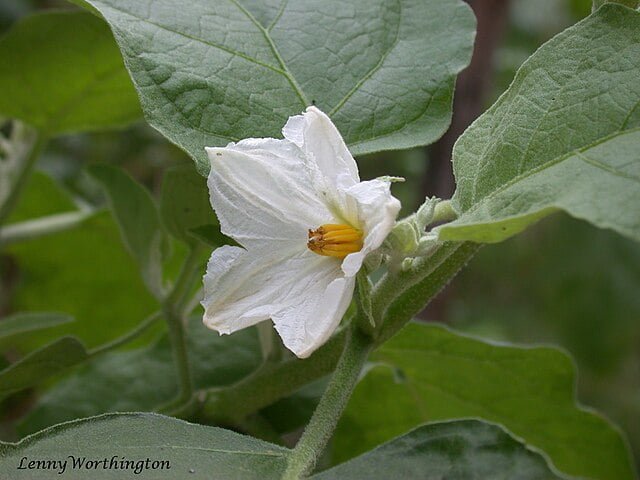
Eggplants are warm-season crops that do not tolerate frost. Start seeds indoors 6-9 weeks before the average last spring frost date. Plant the seeds about 1/4-inch deep in seed-starting formula, keep them warm, and provide plenty of light.
Transplanting
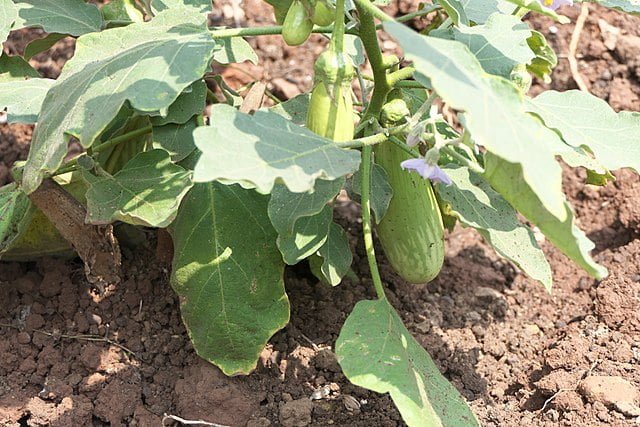
Wait to transplant your eggplant seedlings until all danger of frost has passed and the soil has warmed – ideally, daytime temperatures should be at least 70°F and nighttime temperatures above 50°F. Space the plants 18 to 24 inches apart in a bed that gets full sun.
Care & Maintenance
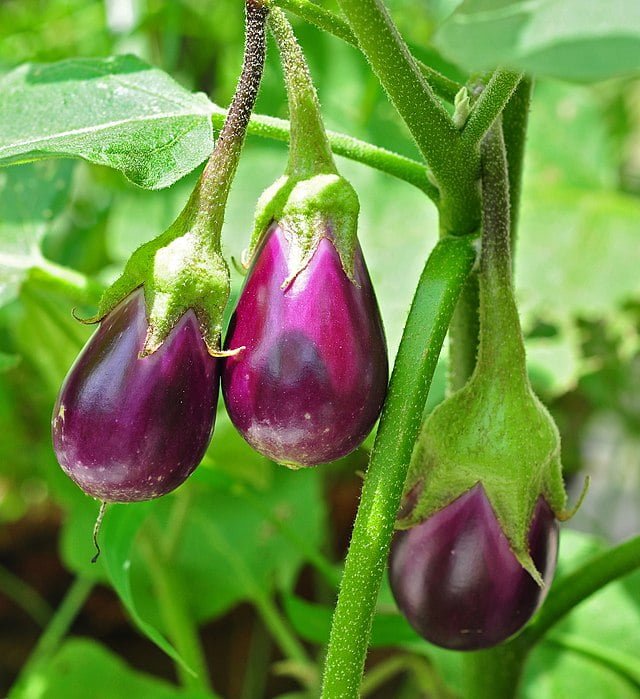
- Soil: Eggplants prefer well-draining soil rich in organic matter with a pH between 6.0 and 6.5.
- Water: Keep the soil consistently moist, watering deeply once or twice a week. Mulching can help retain soil moisture.
- Fertilizer: Feed the plants with a balanced vegetable fertilizer following package instructions.
- Pruning: Remove the terminal growing points for a bushier plant. Also, trim off any blossoms that form in the first few weeks to encourage root and plant growth.
Pest & Disease Control
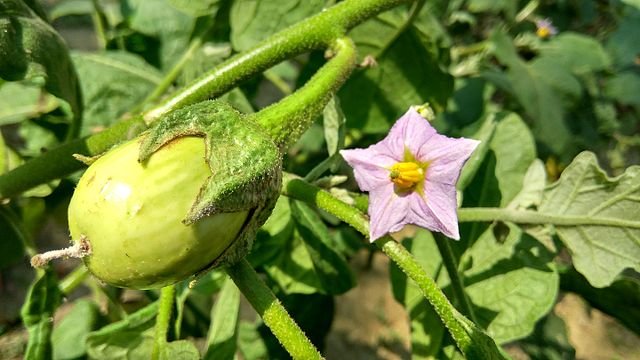
Common pests include flea beetles, Colorado potato beetles, and aphids. For organic control, consider using floating row covers or natural pesticides like neem oil or insecticidal soap. Diseases such as Verticillium wilt can be mitigated by proper crop rotation and keeping the garden clean of plant debris.
Harvesting

Harvest your eggplants when they are bright, glossy, and full-coloured but before the skin turns dull. A ripe eggplant is firm but not hard, and a gentle press with your thumb will leave a slight indentation. Use scissors or a sharp knife to cut the eggplant off the plant, leaving a bit of stem attached.
Growing eggplants can be a rewarding gardening project with delicious outcomes. They might require a bit more care and attention compared to other vegetables, but the succulent taste of a home-grown eggplant makes it all worth it. With this guide, you’re ready to start your eggplant adventure. Happy gardening!


